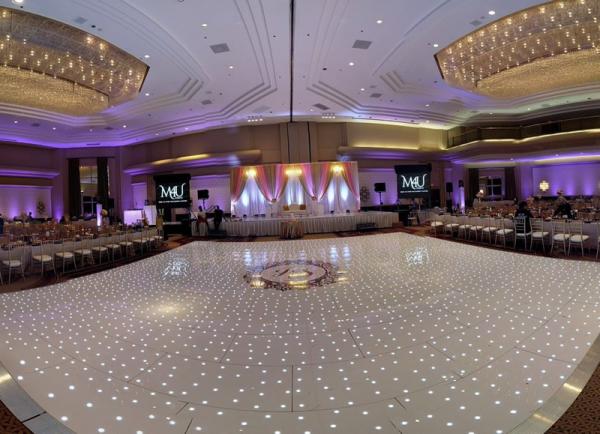Finding the Ideal Dance Surface Dimensions for Your Event to Guarantee Maximum Satisfaction and Comfort
Finding the Ideal Dance Surface Dimensions for Your Event to Guarantee Maximum Satisfaction and Comfort
Blog Article
As organizing an occasion that includes dance, one of the key important considerations is the size of the dance floor. The appropriate dance floor size can significantly influence the pleasure and comfort of the attendees. A dance floor that is too limited can result to congestion, causing it difficult for guests to move unrestricted. On the other hand, a dance floor that is too spacious may seem empty and uninviting. Thus, achieving the perfect balance is essential for establishing an entertaining environment.
To determine the suitable dimensions for a dance floor, it is important to consider the number of attendees attending the occasion. A general guideline is to assign about 2 to 4 sq feet per guest. For instance, if an occasion is expected to have 100 attendees, a dance floor of around 200 to 400 sq feet would be ideal. This size provides enough space for people to dance at ease without feeling constrained. Additionally, it is important to consider about the type of event and the dance style that will be featured, as some dance genres demand more space than others.
Another consideration to take into account is the layout of the venue. The dance floor should be easily reachable and noticeable to all attendees. Placing the dance floor in a focal area can encourage more guests to join in on the fun. It is also crucial to ensure that there is enough room around the dance floor for attendees to socialize and interact. This can assist create a lively atmosphere where guests feel comfortable transitioning between dancing and mingling.
The type of surface material dance floor vinyl wrap for seasonal events can also affect the overall experience. A level, sturdy surface is essential for safe dancing. Typical materials for dance floors consist of wood, vinyl, and laminate. Each of these choices has its advantages, such as durability and ease of maintenance. Choosing the right flooring can improve the dance experience and reduce the chance of falls and accidents, guaranteeing that guests can enjoy themselves without worry.
Finally, it is essential to consider the general concept and atmosphere of the event when selecting a dance floor size. The dance floor should complement the design and style of the occasion. Illumination can also play a significant part in establishing an inviting dance space. Using colored lights or focal lights can enhance the atmosphere and encourage attendees to take to the dance floor. By thoughtfully evaluating these elements, event planners can design a dance floor that maximizes enjoyment and comfort for all attendees.